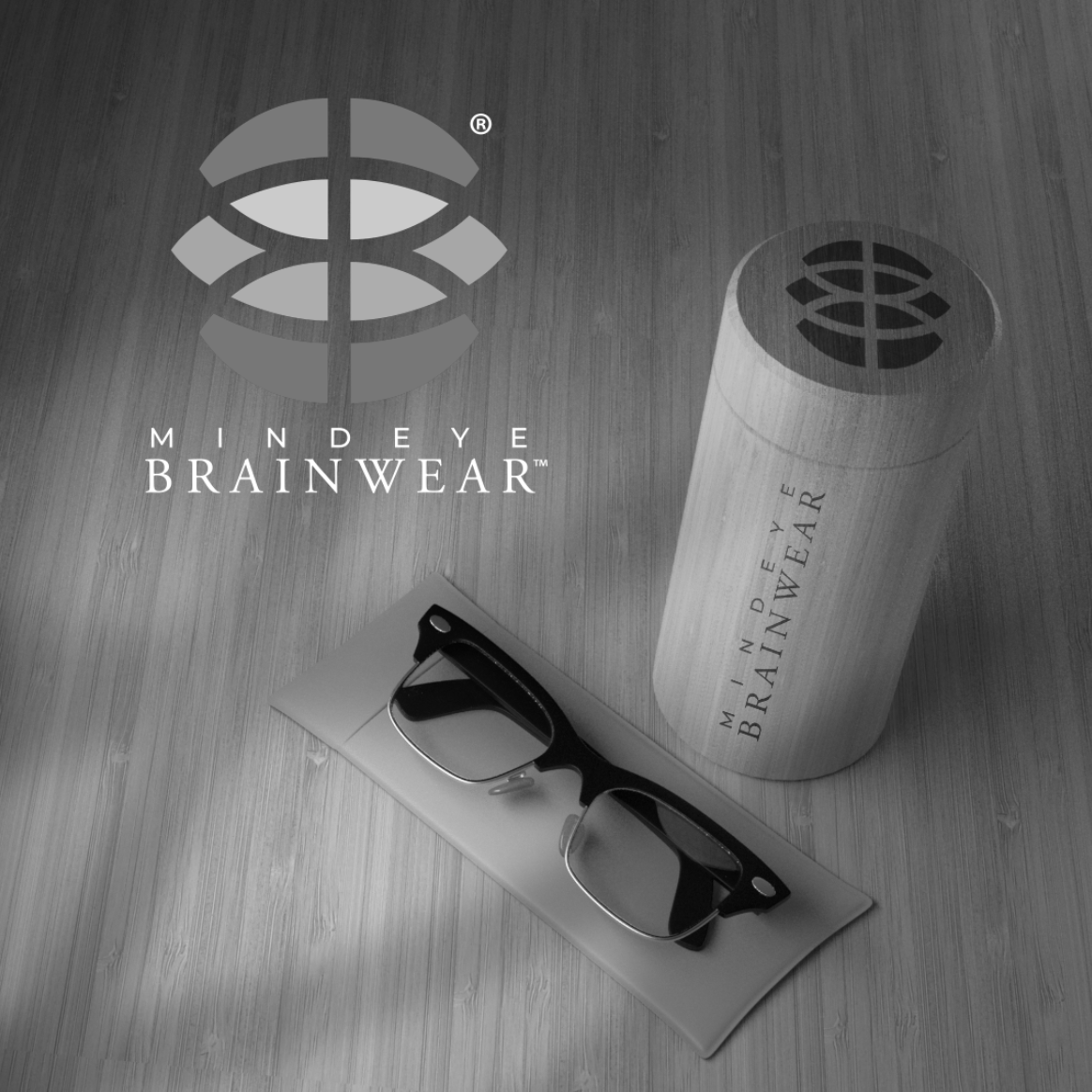They are not what grandma wore 20-to-30 years ago. In fact, they are not what most people are using today simply to make their eyesight clearer.
The Mind-Eye Institute calls them “brain glasses” or “Brainwear™” because of their therapeutic properties.
“Using the proper mix of filters, lenses and/or prisms, we can readjust a patient’s balance of visual processing and eye-ear integration,” says Deborah Zelinsky OD, who is research director of the Mind-Eye Institute and internationally noted for her studies and clinical work on the retina and the retina’s impact on brain function.
That’s because filters, lenses and prisms in glasses alter the way in which light disperses across the retina,” she explains. “Changes in luminance on the eye affect how the brain interprets and reacts to information about the environment and can impact a person’s spatial awareness, body posture and selective attention to sound.”
Much of the Institute’s emphasis is on assisting patients in recovery from traumatic brain injury, stroke or symptoms of post-traumatic stress syndrome. A percentage of Institute patients have learning problems and require a more solid connection between their eyes and ears to develop needed visual skills. Others are simply hoping to enhance their visual efficiency so that they can fully use their peripheral and central eyesight in concert.
Mind-Eye glasses play such a critical role in addressing brain imbalances that their manufacture has to be exceedingly exact – “tighter than ANSI standards,” says a Mind-Eye optician. ANSI standards permit larger deviations from prescriptions, “but such deviations are not okay for Mind-Eye patients who have smaller — sometimes no — tolerance ranges and require more precision in lenses than regular eyeglasses.”
After receiving lens prescriptions from eye care professionals, opticians have the important responsibility of determining the specifications required to provide a patient with the appropriate therapeutic benefits. The prescribed, ophthalmic appliances offer many choices that only experienced opticians can make successfully. They must consider lens and frame material, frame shape, lens design, coatings, filters and other options.
These decisions become even more critical for many of the patients seen at the Mind-Eye Institute because of their hypersensitivities to light and movement.
Typically, commercial eyeglass lenses are made as “eyesight enhancers” for central eyesight, but Mind-Eye glasses are designed to address peripheral eyesight and are used as medical devices for retinal neuromodulation, Dr. Zelinsky says. “Prioritizing peripheral processing is important, because some patients cannot tune out subtle movements or clutter caught by the corner of their eyes. What catches their attention can trigger anxiety and overall discomfort.”
“ 'Brainwear™' is not about helping a patient see 20/20. Mind-Eye glasses are about getting light to activate appropriate brain pathways in order to individually address each patient’s symptoms,” says Zelinsky, referring to the science of photobiomodulation. Photobiomodulation involves application of various frequencies and wavelengths of light to affect the body’s autonomic nervous system.
Mind-Eye uses advanced, digital surfacing technology to ensure unprecedented preciseness in production of lenses with prescribed optical measurements and in the positioning of those lenses within desired eyeglass frames. The Institute has the ability to produce eyeglass lenses down to 0.03 units, which is a much tighter standard than the average lab will achieve.
The lenses produced also incorporate many aspects of Dr. Zelinsky’s four patents to ensure optimized patient benefits.
That’s what makes Mind-Eye unique - no longer focused on achieving 20/20 central eyesight, but on addressing the patients’ symptoms, helping them achieve balance, comfort and optimal functioning in their visually confusing world.

Media
Mind-Eye ‘Brainwear™’ Therapeutic, High-Tech and Exceedingly Precise
These Eyeglasses Are Not What Grandma Used to Wear
